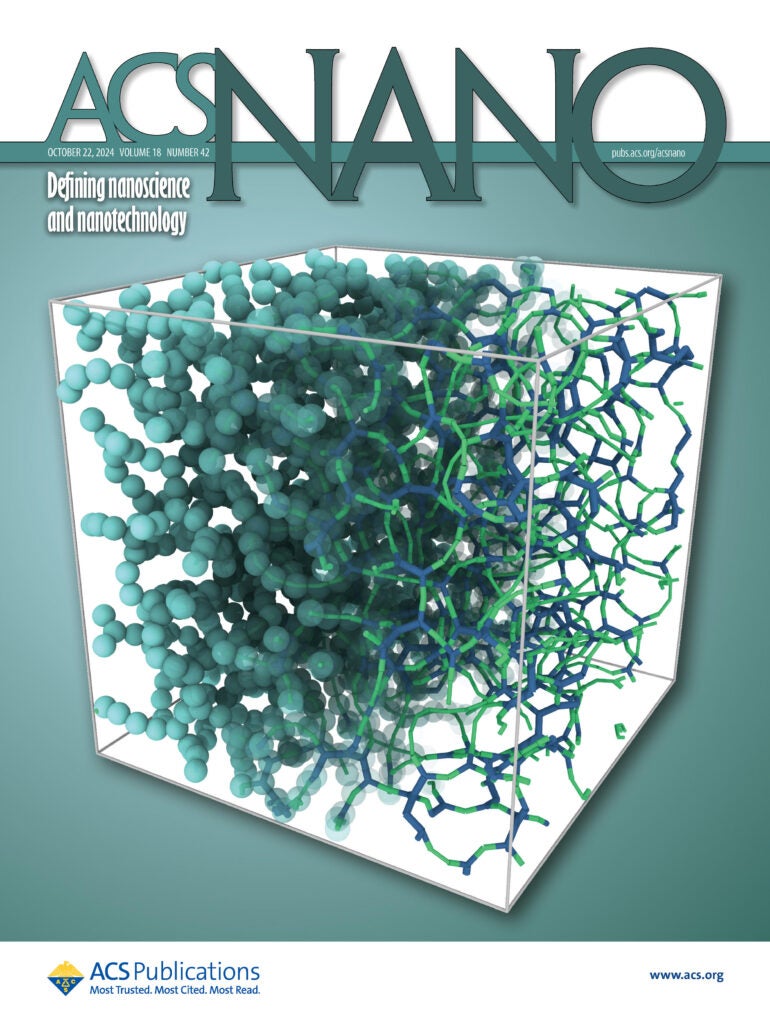Gels and topological data analysis
Posted in News Story

Particulate gels are soft materials important across diverse industries, including pharmaceuticals, foods, and construction.
The multiscale structure of these materials can be represented mathematically as networks defined by the interactions of their building blocks (e.g., particles, droplets, polymer aggregates). While these network representations can provide insight into gel mechanics, they are complex and disordered and hence difficult to characterize. Professor Del Gado, together with Dr. Gavin Donley, a post-doctoral researcher in her group and now NRC postdoctoral fellow at NIST, have proposed a new method to characterize these complex structures, in collaboration with researchers from the University of Wisconsin-Madison and the University of Minnesota. Their papers was recently published on ACS Nano https://pubs.acs.org/doi/full/10.1021/acsnano.4c04969 and chosen for a journal cover https://pubs.acs.org/toc/ancac3/current.
Using topological data analysis for gel networks constructed via computer simulations, the group has combined a topological invariant, the Euler characteristic, and a filtration approach which computes the Euler characteristics over a range of length scales to characterize the network topology. This method can capture information about both local and global organization of the gel networks, revealing the influence of the gel preparation on their structure and the impact of large deformation that lead to the gel failure and yielding.
